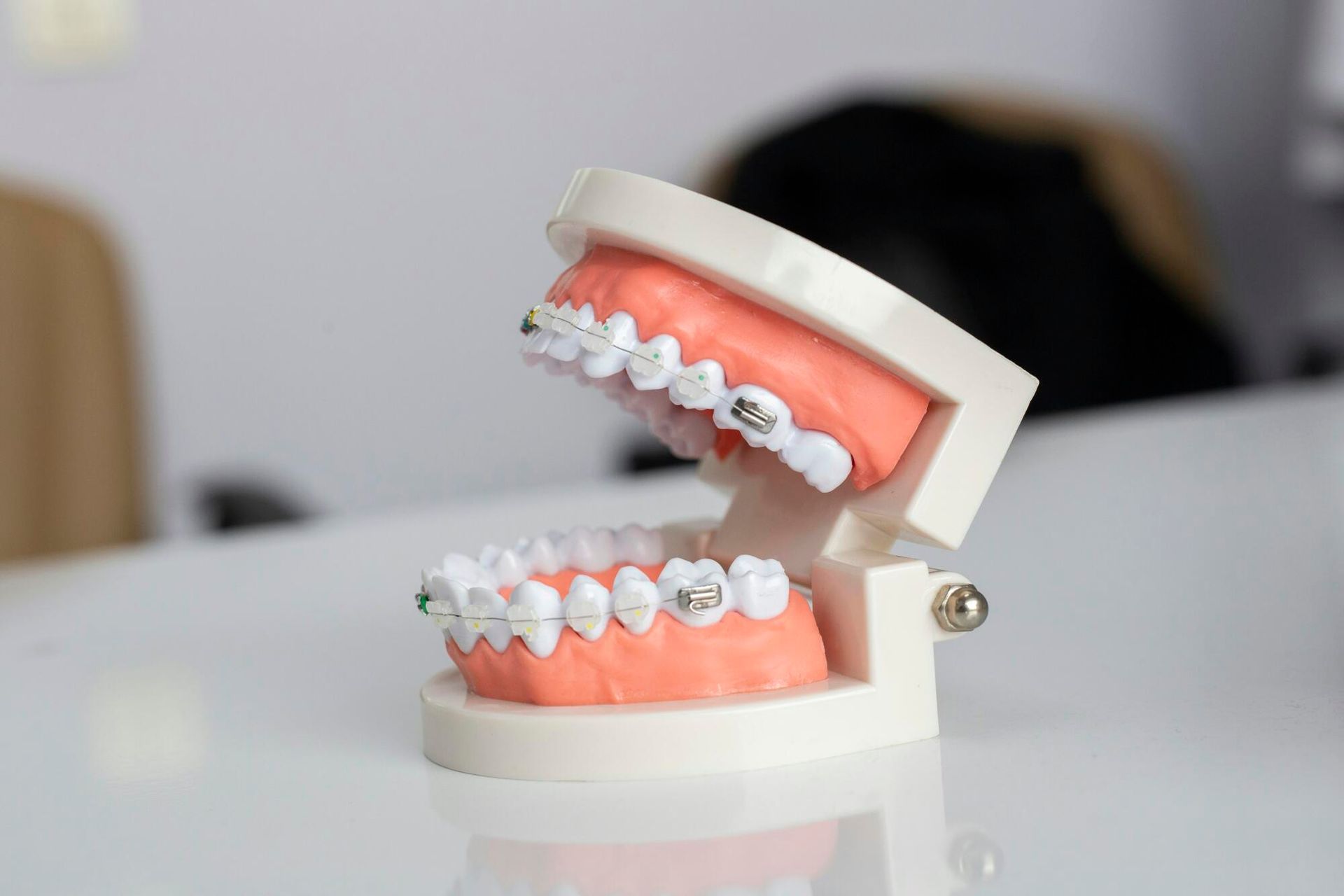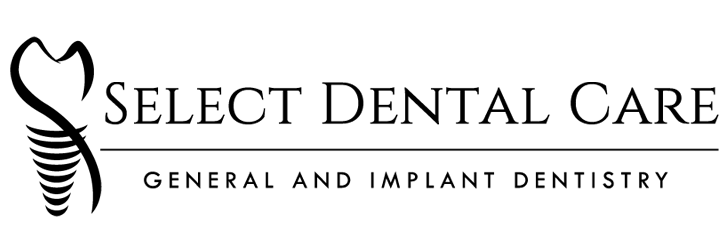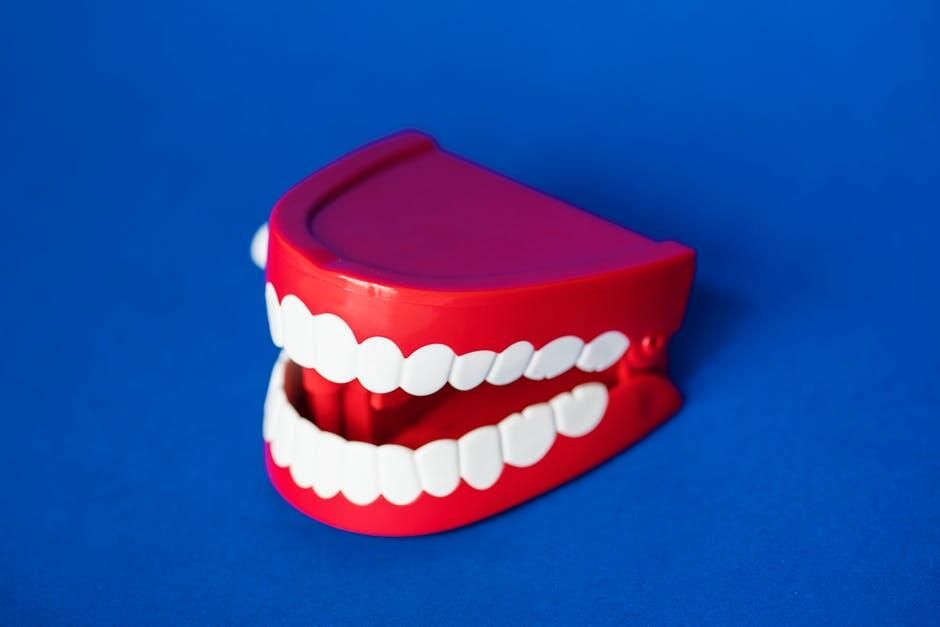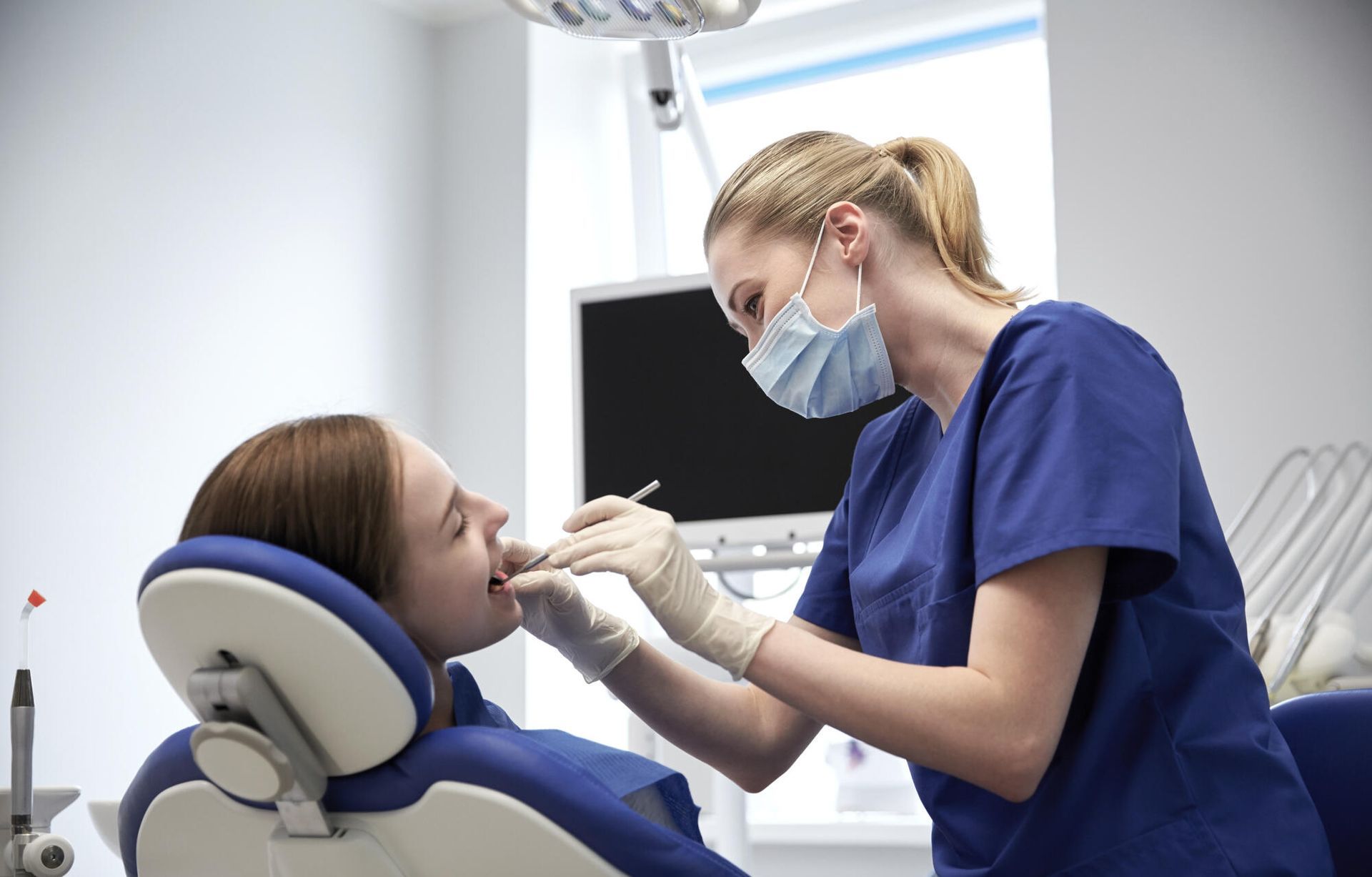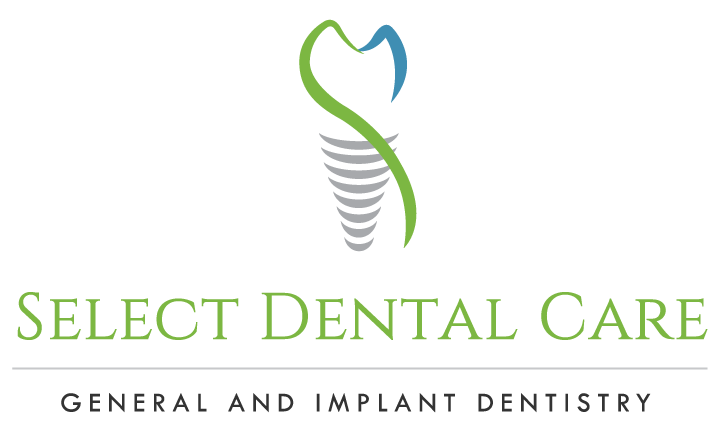Invisalign vs. Braces: Which is Right for You?
Orthodontics has come a long way in recent years, offering patients more options than ever before when it comes to straightening their teeth. If you're a working adult in Coral Springs, FL, considering orthodontic treatment, you might find yourself choosing between two main options: Invisalign and traditional braces. Both are effective methods for straightening teeth, but they come with different approaches, advantages, and considerations.
In this detailed guide, we’ll explore the key differences between Invisalign and braces, the benefits of each, the treatment process, costs, and what to consider when deciding which orthodontic option is right for you. Whether you’re looking for a more discreet treatment or seeking the best solution for complex dental issues, we’ve got you covered.
For more information about our services, check out Select Dental Care and learn more about our commitment to providing high-quality orthodontic care in Coral Springs.
What is Invisalign?
Invisalign is an innovative orthodontic treatment that uses a series of custom-made, transparent aligners to straighten your teeth. These aligners are crafted from smooth, comfortable plastic and are virtually invisible, which is why Invisalign is especially popular among adults who want a discreet treatment option. One of the most attractive features of Invisalign is that the aligners are removable, allowing patients to easily maintain their oral hygiene while also allowing them the freedom to eat and drink whatever they like without restrictions.
At Select Dental Care, we use advanced digital scanning technology to create 3D models of your teeth. These models are then used to design your personalized treatment plan, ensuring that each set of aligners moves your teeth toward their ideal position.
Benefits of Invisalign
- Discreet Appearance: The aligners are clear, making them nearly invisible when worn. This is a huge benefit for adults who might feel self-conscious about wearing traditional braces.
- Comfortable to Wear: Invisalign aligners are made from smooth plastic, unlike the metal brackets and wires used in traditional braces. This minimizes irritation to the inside of the mouth.
- Removable Aligners: Invisalign aligners can be removed for eating, drinking, brushing, and flossing, making it easier to maintain good oral hygiene during treatment.
- Fewer Office Visits: Since you don’t need frequent adjustments like with traditional braces, Invisalign typically requires fewer visits to the orthodontist. You’ll only need to check in every 6-8 weeks.
If you’re considering Invisalign, learn more about it on our Invisalign page.
What Are Traditional Braces?
Traditional braces consist of metal brackets that are attached to each tooth and connected by a wire. Over time, the orthodontist adjusts the wire to apply pressure, gradually moving the teeth into alignment. Traditional braces also use rubber bands to correct bite issues or gaps between teeth.
While traditional braces are highly effective for treating a wide range of dental concerns, they have some drawbacks. Braces are visible and cannot be removed, which may be a concern for adults who are looking for a less conspicuous option. Additionally, traditional braces can sometimes cause mouth irritation, especially after adjustments.
To learn more about traditional braces, visit our Braces page.
Benefits of Traditional Braces
- Effective for Complex Cases: Traditional braces are the most effective treatment option for individuals with severe misalignments, bite issues, and complex dental problems.
- No Compliance Needed: Since traditional braces are fixed in place, you don’t need to worry about remembering to wear them. This is particularly useful for people who may struggle with compliance.
- Suitable for All Ages: While many think of braces as a treatment for children, they’re just as effective for adults. Braces can be customized for people of all ages to improve their smile.
Invisalign vs. Braces: Key Differences
Let’s compare Invisalign and traditional braces in several key areas to help you determine which treatment option is best for your needs.
| Feature | Invisalign | Traditional Braces |
|---|---|---|
| Appearance | Clear, discreet aligners | Metal brackets and wires |
| Comfort | Smooth plastic, fewer mouth irritations | Metal components can cause mouth sores |
| Removability | Aligners can be removed for eating and cleaning | Braces are fixed in place and cannot be removed |
| Treatment Time | Typically 12–18 months | Typically 18–24 months or longer, depending on the case |
| Maintenance | Requires discipline to wear aligners 20–22 hours a day | Regular adjustments and check-ups every 4-6 weeks |
| Cost | Comparable to braces, can vary depending on complexity | Typically similar in cost, but can be higher for some cases |
Choosing Between Invisalign and Braces
Aesthetic Considerations
One of the main reasons adults opt for Invisalign is the aesthetic benefit. The clear aligners are virtually invisible, allowing you to straighten your teeth without drawing attention to the treatment. This makes Invisalign an appealing option for professionals and those who may feel self-conscious about wearing metal braces.
On the other hand, braces are more visible due to the metal brackets and wires. However, for individuals with severe misalignments or bite issues, braces may be the more effective choice, even though they may be more noticeable.
Comfort and Convenience
Invisalign aligners are made from smooth plastic, which tends to be more comfortable compared to the metal components of traditional braces. Braces can irritate the inside of your mouth, especially after adjustments when the wires are tightened.
Another key benefit of Invisalign is the removability of the aligners. You can take them out to eat and drink, which means no restrictions on food. Braces, on the other hand, require more maintenance and attention when eating, as certain foods can damage the brackets and wires.
Treatment Time
The treatment time for Invisalign is typically 12-18 months, depending on the complexity of the case. Since Invisalign is generally used for mild to moderate alignment issues, treatment is often faster compared to braces.
Braces, however, are better suited for complex cases and may take 18-24 months or longer to achieve the desired results. While braces may be more effective for complex cases, they require more time to correct the teeth.
Treatment Process for Invisalign
Invisalign treatment begins with a comprehensive consultation at Select Dental Care. During your consultation, we’ll take 3D scans of your teeth and create a personalized treatment plan. Here’s what you can expect:
- Consultation and Custom Treatment Plan: Using advanced digital imaging technology, we’ll create a 3D model of your teeth and develop your customized treatment plan.
- Receiving Your Aligners: Once your treatment plan is approved, you’ll receive a series of custom-made aligners. These aligners should be worn for 20-22 hours per day, only being removed when eating or cleaning your teeth.
- Regular Checkups: You’ll visit us every 6-8 weeks to monitor progress, make adjustments if necessary, and receive your next set of aligners.
- Completion of Treatment: Once your treatment is complete, you’ll wear a retainer to maintain your new smile.
If you want to know more about the Invisalign process, visit our Invisalign page.
Treatment Process for Braces
The process for getting traditional braces is straightforward:
- Consultation: During your initial consultation, we’ll assess the extent of your dental issues and determine if braces are the best treatment for your needs.
- Placement of Braces: Once your treatment plan is finalized, we’ll attach the brackets to your teeth and insert the wires, which will apply constant pressure to gently move your teeth into their desired position.
- Adjustments: You’ll need to visit the orthodontist every 4-6 weeks for adjustments to the wires and brackets to ensure your teeth are moving as planned.
- Completion of Treatment: Once your teeth have reached their desired position, the braces will be removed, and a retainer will be provided to keep your teeth in place.
Frequently Asked Questions (FAQ)
1. How long does Invisalign treatment take?
Invisalign treatment typically lasts between 12 and 18 months, depending on the severity of your case. For more complex cases, treatment may take longer.
2. Can I eat with Invisalign aligners in?
No, Invisalign aligners should be removed before eating or drinking anything other than water. This helps prevent staining and damage to the aligners.
3. Are traditional braces more effective than Invisalign?
Both treatments are highly effective, but traditional braces may be better suited for more severe cases, such as significant misalignments, bite issues, or large gaps between teeth.
4. How often do I need to visit the dentist during treatment?
With Invisalign, you will visit every 6–8 weeks for progress checks and to receive your next set of aligners. Braces require visits every 4-6 weeks for adjustments.
5. How much do Invisalign and braces cost?
The cost for Invisalign and braces generally ranges from $3,000 to $8,000, depending on the complexity of your case and the duration of treatment. For a more specific estimate, schedule a consultation with us.
6. Can I get Invisalign if I have severe misalignment or bite issues?
While Invisalign is suitable for many types of alignment problems, severe cases may require traditional braces. During your consultation, we’ll help determine the best treatment option for your needs.
Conclusion
Choosing between Invisalign and traditional braces comes down to your personal preferences, lifestyle, and the complexity of your dental needs. At Select Dental Care, we offer both options to help you achieve the smile you’ve always wanted. Whether you prefer the discreet nature of Invisalign or the proven effectiveness of traditional braces, our team is here to guide you through the process and help you make an informed decision.
For more information on how Invisalign or braces can help you, visit our
Invisalign page or
Braces page. Ready to take the next step? Contact us today to schedule a consultation!
